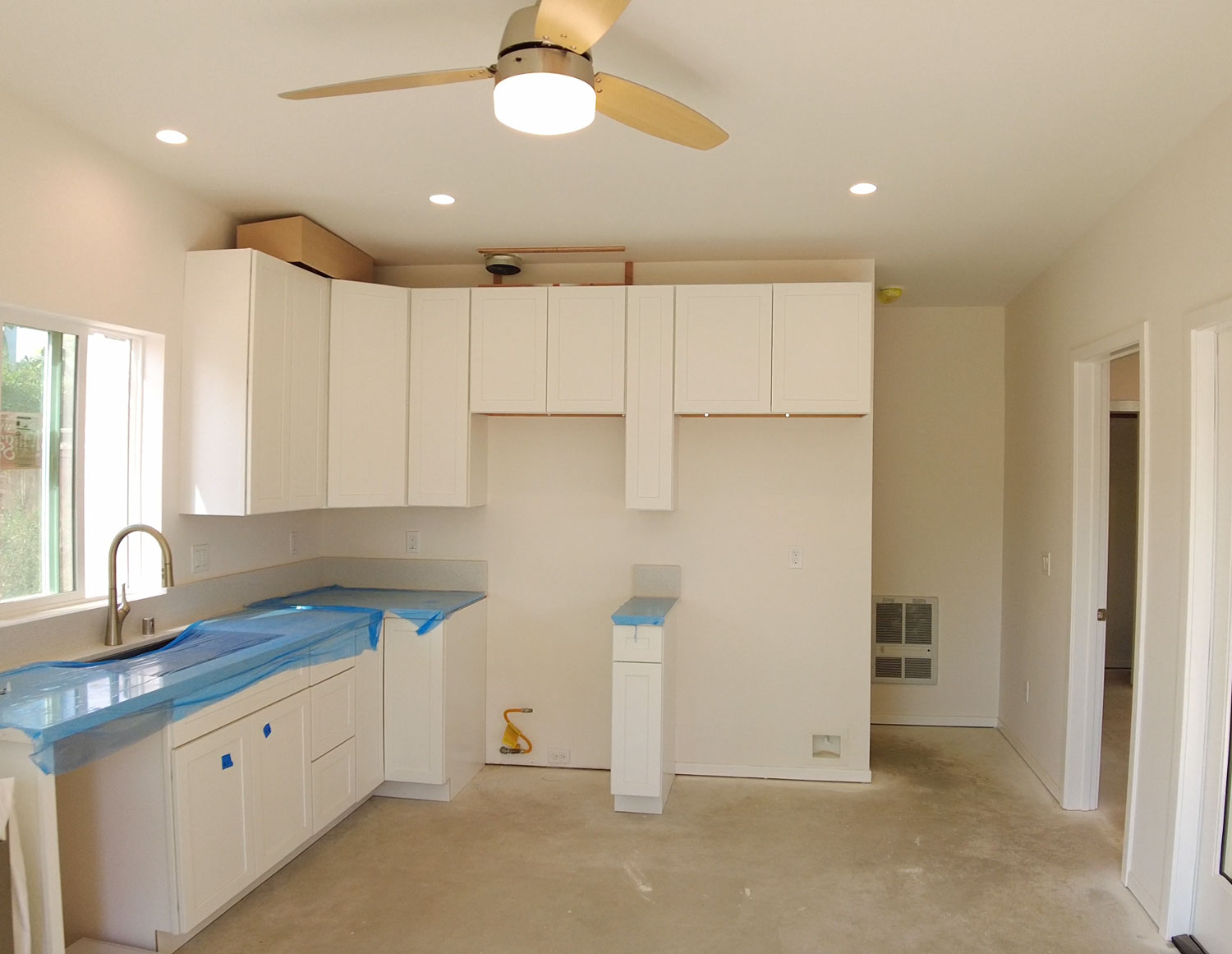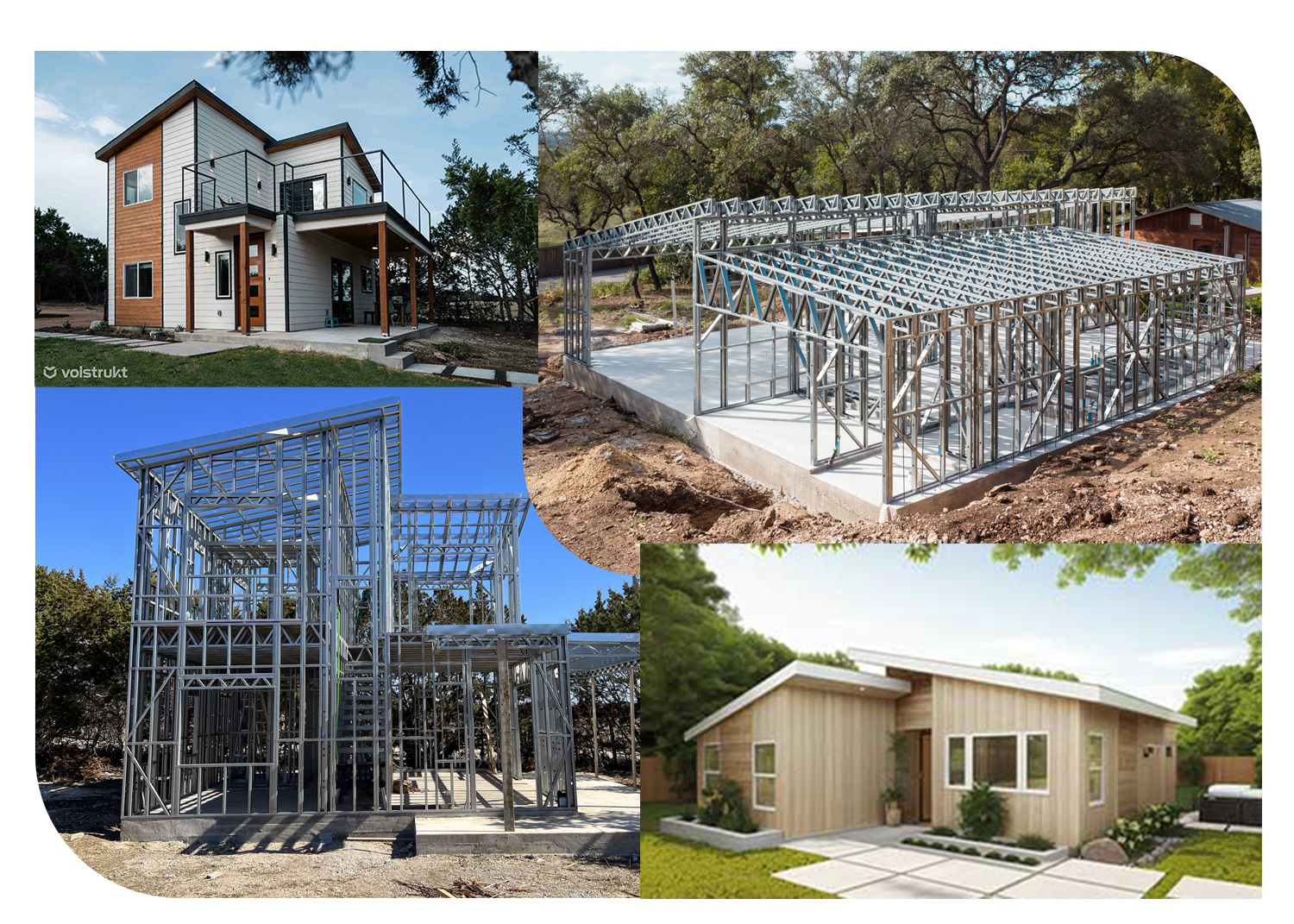In recent years, California has made significant strides in ADU legislation to simplify the permitting process and encourage the development of these units as a solution to the housing crisis. Key changes include clearer guidelines to avoid misinterpretation, adjustments to height restrictions to accommodate two-story ADUs, and a streamlined 60-day rule for permit approval to prevent undue denials. The introduction of a finance program aims to make ADU construction more accessible to homeowners, especially those facing difficulties with traditional financing options.
Navigating the ADU Permitting Landscape in California: What You Need to Know
The journey of constructing an Accessory Dwelling Unit (ADU) in California has seen significant advancements thanks to legislative updates aimed at streamlining the process. Here's a concise guide to understanding the recent changes and what they mean for homeowners and investors:
Clarification of Legislation (AB 221):
- Height Restrictions: AB 221 mandates that all cities must adjust their ADU size limits to at least 16 feet in height, facilitating the construction of two-story ADUs.
- Certain conditions allow for even higher structures, such as ADUs attached to the primary dwelling having a height limit of 25 feet, and those within ½ mile from public transit or on properties with existing multi-story multi-family dwellings having an 18-foot limit.
Modifications to the 60-day rule:
- The law has been updated to prevent planning departments from automatically denying permit applications once the 60-day review period expires.
- Now, all reasons for application rejection must be specified, and the term "permitting agencies" has been broadened to include any entity involved in the ADU permit review process, ensuring adherence to the 60-day requirement.
Front Setback Adjustments:
- AB 221 specifies that for ADUs smaller than 800 sq ft, front setback requirements cannot be used to prevent construction.
- This change aims to simplify the placement and potential size of ADUs on a property.
Easier Multi-Family Housing ADU Development:
- This law facilitates the development of ADUs within new multi-family housing projects by allowing them to be proposed and constructed concurrently, rather than requiring the completion of the main multi-family project first.
Finance Program (AB 561):
- AB 561 introduced the Help Homeowners Add New Housing Program, designed to assist homeowners in financing ADUs, particularly those who might struggle to access traditional federal mortgage programs.
- This initiative aims to enable more homeowners to build ADUs by providing access to construction loans and protecting financial institutions against losses.
Streamlining Approval Processes (SB 897):
This bill includes several provisions to streamline the ADU development process:
- Allows ADUs on properties with certain unpermitted work, unless it's a safety or health hazard. Eliminates the requirement to install fire sprinklers in the primary dwelling when constructing an ADU.
- Specifies that attached JADUs without a bathroom must have access to a bathroom in the primary dwelling. Prevents cities from withholding demolition permits if an ADU permit is issued.
- Establishes a government grant program for ADU and JADU construction and maintenance.
Local Jurisdiction Variability:
- Despite statewide efforts to streamline ADU development, local jurisdictions may implement additional constraints or interpret state laws differently.
- This variability can affect everything from ADU placement to design requirements, making it crucial for homeowners to consult local regulations.
No Mandatory ADU Ordinances:
- While ADUs and JADUs must be permitted by cities and counties, there's no obligation for these local governments to adopt specific ADU ordinances.
- This means that local regulations can vary widely, and homeowners need to be aware of their specific local requirements when planning an ADU.
For more information about the ADU process contact the Ohana Dwellings team.











